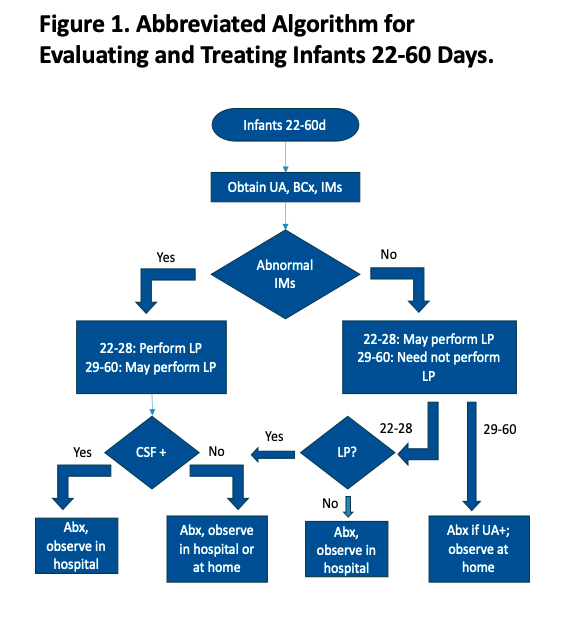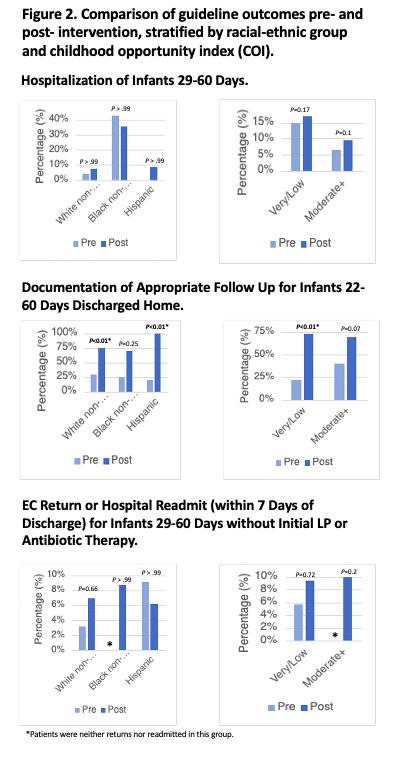Health Equity/Social Determinants of Health
Session: Health Equity/Social Determinants of Health 4
254 - Evaluating for Differences in Guideline Adherence for Management of Febrile Infants by Social Determinants of Health (Race, Ethnicity, and Childhood Opportunity Index)
Saturday, May 4, 2024
3:30 PM - 6:00 PM ET
Poster Number: 254
Publication Number: 254.1203
Publication Number: 254.1203

Sanjana Prabhu, MD (she/her/hers)
PGY-3 Pediatric Resident
Johns Hopkins All Children's Hospital
Presenting Author(s)
Background: The American Academy of Pediatrics (AAP) published a clinical practice guideline (CPG) in 2021 for the management of well-appearing febrile infants, aiming to reduce variability in diagnosis and intervention. Prior work has outlined that variability in CPG adherence leads to health disparities, often reflecting systemic and provider-level biases. Comparing CPG adherence by social determinants of health (SDOH) such as race, ethnicity, and the Childhood Opportunity Index (COI), a validated composite index of SDOH indicators based on a patient’s residential zip code, may reveal whether disparities in care exist.
Objective: To evaluate for differences in rates of hospitalization, documented discussion if discharged home, and emergency center (EC) revisit or hospital readmission between different racial-ethnic groups and COI levels.
Design/Methods: We conducted a secondary analysis of infants 22-60 days old from our institution in the AAP Reducing Variability in the Infant Sepsis Evaluation II database. Infants presenting to the EC described as well-appearing, full-term, and with fever ≥38C were included. We stratified our patient population into 3 composite groups of race and ethnicity for maximal data utilization (White non-Hispanic, Black non-Hispanic, and Hispanic). COI, categorized into quintiles (range: 1-5), was derived from patients’ home zip code. Patients were stratified into two groups (1-2 and 3-5) to allow for meaningful comparisons. Outcomes were frequencies of hospitalization, documented discussion with caregiver if discharged home, and EC revisit or hospital readmission. Pre- and post-intervention proportions of each measure were compared using Fisher’s exact test, α = 0.05.
Results: 164 infants met inclusion criteria. An increase in adherence for documented discussion for discharged patients was found post-intervention, significant for White Non-Hispanic, Hispanic , and ‘Very/Low’ COI infants (p < 0.01 for all three groups). There were increases in hospitalizations for all groups except Black non-Hispanic infants and variable changes in return visits and readmissions. However, these changes were not statistically significant.
Conclusion(s): We found the stratification of CPG adherence data by SDOH to be a useful approach to assess for disparities. We observed increased adherence to documented discussion prior to discharge for all infants. We also observed increases in hospitalizations for most groups and variable changes in return visits and readmissions. The inconsistency across our SDOH categories highlights the need to further assess factors involved in CPG adherence at our institution.
.png)


